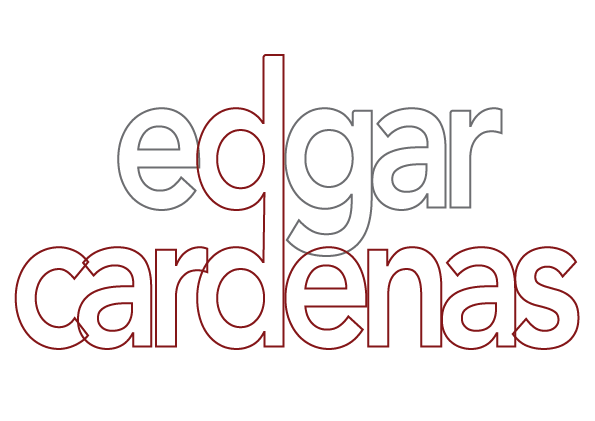“THERE are some who can live without wild things, and some who cannot. These essays are the delights and dilemmas of one who cannot.” ~ Aldo Leopold (opening sentences for A Sand County Almanac)
We all have a natural space we interact with daily. Typically, we thoughtlessly engage with this space, using it in the same manner as it was first presented to us. The backyard, our private landscape, often gets no more than mowing and weeding, nonetheless, it is the space we touch. My relationship to my backyard changed in August of 2009 when I moved into a rental home that had an inhospitable backyard of thorns and dust. With the exception of using it for letting our dogs out and bringing the garbage to the dumpster, it was as though it didn’t exist.
Then, the winter rains came.
I watched the backyard transform from dusty brown to brilliant green, from barren to fecund. Watching the tall grasses sway and the lizards do their pushups on the fence, I realized that a wild space had been lying dormant and was now awake in my backyard. Perhaps all backyards could be thought of as wild spaces if we just learned to see them. I wondered if personal sustainability could be studied in a space like this.
“The objective is to teach the student to see the land, to understand what he sees, and enjoy what he understands” ~ Aldo Leopold (The Role of Wildlife in a Liberal Education)
As a doctoral student in the School of Sustainability, I am continuously examining what sustainability means—how it’s practiced and who practices it. In discovering the wilderness in my backyard, I initially considered questions like: Beginning with a current state of one’s own backyard, how does one go about changing it for the better? What would be considered better? What does personal sustainability look like?
I was getting ahead of myself, though. Before I could consider these questions I had to first learn to “see the land” and my relationship to it. I had to set aside my utility-oriented mindset and what I understood in theory. I needed to lead instead with curiosity and be open to the role exploration would play in this space.
“In June as many as a dozen species may burst their buds on a single day. No man can heed all of these anniversaries; no man can ignore all of them.” ~ Aldo Leopold (Prairie Birthday)
Stepping back from the targeted questions of my discipline, my methods were informed by two questions: If Aldo Leopold were alive and in my backyard, how might he explore the space? How might he express the backyard’s drama?
The backyard proved to be larger than I expected, not in its physical length or width but in the depth of complex relationships that were to be found in such a small space. Climbing atop ladders, crawling on my hands and knees, flipping over rocks and wood, I explored, engaged in, and observed the yard intently for three years and still only scratched the surface of the activities taking place; from the microbial life in my compost, to the seasonal habits of the lizards and birds, to the feral cat predators leaving bird remains in our yard - and this is merely the fauna. I was continuously intrigued and excited about the plant life growing in our yard. I would dig up creosote and brittlebush sprouts to replant, I would inspect the plants and food in the garden, looking to see what was growing and what the bugs were eating. I would check to see when our flowers were blooming, study the moths and bees pollinating, and then wait to collect seeds for the next season to initiate the exciting process again.
“Here, then, is a man who has found adventure, exploration, science, and sport, all in the back yard of current history, where millions of lesser men find only boredom” ~ Aldo Leopold (Natural History: The Forgotten Science)
This exploration led me on two journeys, attempting to articulate these experiences in ways that capture the dynamic relationships I was witnessing, and an inquiry into how we approach and think about our human-environment relationships. In this work, I have sought to intentionally blend the historic with the contemporary; to access the use of natural history and its re-emergence in observational ecology approaches and to express these sentiments in my work.
“It is fortunate, perhaps, that no matter how intently one studies the hundred little dramas of the woods and meadows, one can never learn all of the salient facts about any one of them.“ ~ Aldo Leopold (Sky Dance)
“Our ability to perceive quality in nature begins, as in art, with the pretty. It expands through successive stages of the beautiful to values as yet uncaptured by language.” ~ Aldo Leopold (Marshland Elegy)
While ecology has taught us about the relationships and processes of natural systems it has not conveyed the “hundred little dramas” that play out, the stories that make the principles salient in a visceral way. These qualities do not reveal themselves to us all at once either, we develop an, often tacit, understanding that is difficult to put into words but can be hinted at with images.
Susan Sontag points out that, “photographs alter and enlarge our notions of what is worth looking at and what we have the right to observe.” I have decided to take another look at the backyard, one that aligns with Leopold’s aspiration to integrate the ecological, ethical, and aesthetic and reintroduce this dialogue to our sustainability discussions. These observations are the delights and dilemmas of one who cannot live without wild things, and has found them in the backyard.
